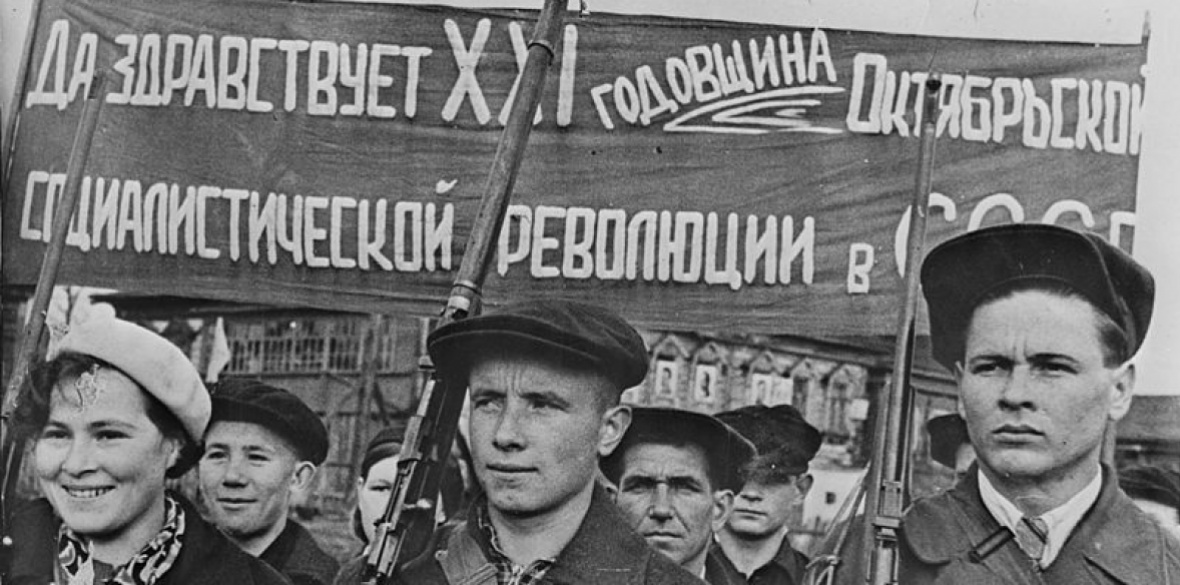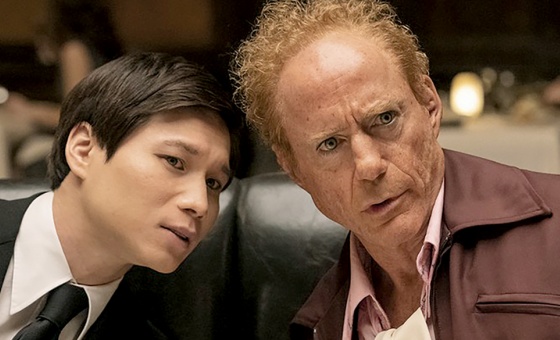This is the last article you can read this month
You can read more article this month
You can read more articles this month
Sorry your limit is up for this month
Reset on:
Please help support the Morning Star by subscribing here
TODAY marks the 101st anniversary of Russia’s 1917 “October Revolution.” The fact that ,in Russia the anniversary was never celebrated in the month of October is a small indicator of how quickly events moved, following the overthrow of the tsar and then the provisional government.
Russians went to bed on January 31 1918 and woke up the following morning on February 14. Many citizens worried that their lives would be 13 days shorter as a result.
But the decision to adopt the Gregorian calendar, which had been in use across Europe for several centuries, within weeks of the revolution was a potent symbol of the new beginning for Russia.
The old, semi-feudal society was to be swept aside in favour of a modern state that would use its resources for the benefit of ordinary people.
Despite the appalling destruction and privations caused by the first world war, civil war, and intervention by armed forces from the Britain, the US, Japan and other countries, the old Russian empire was indeed transformed in an incredibly short time and, for the first time in human history, the workers and peasants controlled the wealth that they created.
The fact that less than 75 years later the Union of Soviet Socialist Republics, as it became, was dismantled should not prevent us from marking the anniversary of the Russian Revolution and reflecting upon it. As the US journalist John Reed, an eyewitness to the drama of 1917, put it, they were indeed “10 days that shook the world.”
At the conference organised by the Russian Revolution Centenary Committee at TUC Congress House last year, international speakers highlighted the impact that the revolution had on their respective countries and how the fighters for independence and increased social justice drew inspiration from its example.
In many instances, the USSR provided practical support in their ongoing struggles, particularly in the years following the second world war, when it was itself rebuilding following the unimaginable devastation and loss of life sustained in its existential battle against the nazi German invaders.
As for Britain itself, readers can make their own judgement on just how much the improvements in living standards and social provision in the decades following the second world war were influenced by what was happening in the Soviet Union — free healthcare, free education, social housing, employment as a constitutional human right and so on.
The Society for Co-operation in Russian and Soviet Studies (SCRSS) was founded in 1924, shortly after Britain finally recognised the new Soviet state.
Up until 1992, it was called the Society for Cultural Relations between the Peoples of the British Commonwealth and the USSR.
Now a registered educational charity, its object remains the same now as it did then — promoting knowledge of the culture, language and history of Russia and the Soviet Union through its activities and unique library and archive.
Last week, at an event co-hosted with Marx Memorial Library and Workers’ School, we marked the revolution’s anniversary and the closing of our photo exhibition “Lenin: Leader of the Russian Revolution.”
The exhibition was originally commissioned for the centenary of the Revolution by St Edward’s School and its North Wall Gallery in Oxford.
They approached the SCRSS to create an exhibition which would give school students — and 2,000-plus visitors — a more in-depth look at one of the 20th century’s pivotal figures.
I doubt very much there have been any other exhibitions in Britain dedicated to Lenin in the last 25 years. For me, as co-curator with Christine Lindey, the art historian and SCRSS exhibitions officer, it was fascinating to see both young and old looking afresh at images of him and his lifetime — as a law student in the late 19th century, his years in exile, the agitator for decisive action in 1917, the determined leader striding across Red Square and, so soon, to the final period of ill health before his death in 1924.
But amid the thousands of books, posters, photos, films and other archive material that the SCRSS holds, there are many more stories to be told.
As the USSR and its achievements begin to fade into history, it is vitally important that such physical resources are maintained and accessible to students, researchers and anyone else keen on finding first-hand information here in Britain.
Of course, we should acknowledge the human cost, the setbacks, the problems and the mistakes, aspects which continue to dominate so much written about the Soviet era.
However, if the record is to be complete, then these aspects must be balanced against the progress that was made, despite the global forces ranged against it right from its birth in 1917. And what happened then still resonates today.
Though Russia has changed in so many ways since 1992, if we are to understand its present-day concerns and motivations and endeavour to coexist in peace, then we need to know as much as we can about its revolutionary past.
Ralph Gibson is honorary secretary of the Society for Co-operation in Russian and Soviet Studies. For more information visit www.scrss.org.uk.










